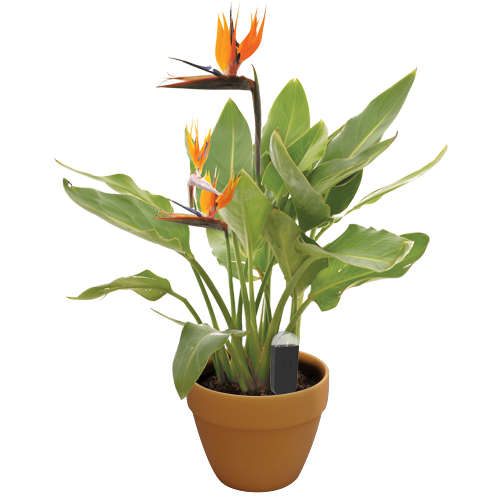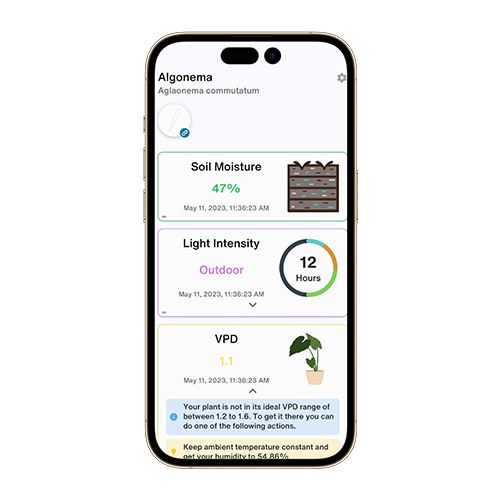Manilkara zapota
ТАКСОНОМИЯ
СемьяSapotaceae
РодManilkara
Зона10
УЧИТЬ БОЛЬШЕ
Plants of the World OnlineО
Manilkara zapota, commonly known as sapodilla, is a tropical evergreen tree native to southern Mexico, Central America, and the Caribbean. It is well-known for its sweet, brown, and grainy fruit. The tree thrives in wet tropical climates and can grow up to 30 meters tall. It is a hardwood species and is often used for timber as well as its fruit.
ТАКЖЕ ИЗВЕСТЕН КАК
Achradelpha Mammosa
Calocarpum Mammosum
Calospermum Mammosum
Chiku
Gambeya Mammosa
Manilkariopsis Lobulata
Manilkariopsis Petenensis
Manilkariopsis Rojasii
Manilkariopsis Striata
Manilkariopsis Tabogaensis
Mimusops Grisebachii
Pouteria Mammosa
Sapodilla
Sapote
Vitellaria Mammosa
Achras breviloba
Achras calderonii
Achras conzattii
Achras coriacea
Achras dactylina
Achras gaumeri
Achras latiloba
Achras lobulata
Achras lucuma
Achras mammosa
Achras meridionalis
Achras occidentalis
Achras paludosa
Achras petenensis
Achras rojasii
Achras sapatilla
Achras sapota
Achras sapota f. asperrima
Achras sapota var. candollei
Achras sapota var. globosa
Achras sapota var. lobata
Achras sapota var. ovalis
Achras sapota var. pedicellaris
Achras sapota var. sphaerica
Achras striata
Achras tabogaensis
Achras tainteriana
Achras tchicomame
Achras verrucosa
Achras zapota
Achras zapota var. major
Achras zapota var. zapotilla
Achras zapotilla
Lucuma mammosa
Lucuma sapota var. anguai
Lucuma zapota
Manilkara achras
Manilkara breviloba
Manilkara calderonii
Manilkara conzattii
Manilkara gaumeri
Manilkara grisebachii
Manilkara meridionalis
Manilkara meridionalis var. caribbensis
Manilkara rojasii
Manilkara striata
Manilkara tabogaensis
Manilkara zapotilla
Manilkariopsis meridionalis
Nispero achras
Sapota achras
Sapota achras var. lobata
Sapota achras var. sphaerica
Sapota zapotilla
ОБЗОР
VPDРассчитать
ВодаВлажный
ЗемляСуглинистый
СветПрямой яркий (8 Часов)
Температура25
Влажность80
ГДД3 600
РН6,5
Давление1 013
ХОТИТЕ БОЛЬШЕ СОВЕТОВ?
ПОДРОБНОСТИ
Инструкции по уходу
Sapodilla trees require bright, direct sunlight and thrive in warm, humid conditions. They prefer moderate temperatures and should be watered regularly to keep the soil evenly moist. These trees are relatively easy to care for but do require some attention to ensure optimal growth.Урожай
Manilkara zapota, commonly known as sapodilla, is typically harvested when the fruit is fully mature but still firm. This usually occurs about 6 to 8 months after flowering. The fruit should be picked by hand, using a gentle twisting motion to avoid damaging the tree or the fruit. It is important to handle the fruit carefully to prevent bruising. After harvesting, the fruit should be allowed to ripen at room temperature until it becomes soft and the skin turns a light brown color. Proper timing and handling are crucial to ensure the best flavor and texture of the sapodilla.Земля
Sapodilla trees prefer well-draining loamy soil that is rich in organic matter. The soil should be kept evenly moist but not waterlogged. Good drainage is essential to prevent root rot.Удобрения
A balanced fertilizer with an N-P-K ratio of 10-10-10 is recommended for sapodilla trees. Fertilize the tree every few months during the growing season to ensure it receives the necessary nutrients for healthy growth.Пересадка
Sapodilla trees can be repotted when they outgrow their current container. It is best to repot during the early spring before the growing season begins. Choose a larger pot with good drainage and use a well-draining soil mix.Распространение
Sapodilla trees can be propagated through seeds, grafting, or air layering. Seed propagation is the most common method, but grafting ensures the new plant retains the characteristics of the parent tree. Propagation is best done during the warm months.Обрезка
Pruning is necessary to maintain the shape and health of the sapodilla tree. Prune during the dormant season to remove dead or diseased branches and to shape the tree. Regular pruning helps improve air circulation and light penetration.Токсичность
Sapodilla is not toxic to pets or humans. However, the seeds should not be consumed as they can be a choking hazard.Дополнительный
Sapodilla trees are relatively pest-resistant but can be susceptible to scale insects and spider mites. Regular monitoring and appropriate pest control measures can help keep the tree healthy.РЕВОЛЮЦИОНИРУЙТЕ УХОД ЗА РАСТЕНИЯМИ
Сделайте Каждое Растение Умным

Монитор растений
ОСТАЕТСЯ НА ВАШЕМ ЗАВОДЕ
Точно измеряет основные показатели вашего растения — влажность почвы, освещенность, температуру и влажность, а также сложные показатели, такие как дефицит давления паров (VPD) и градусные дни роста (GDD).
Магазин сейчас
